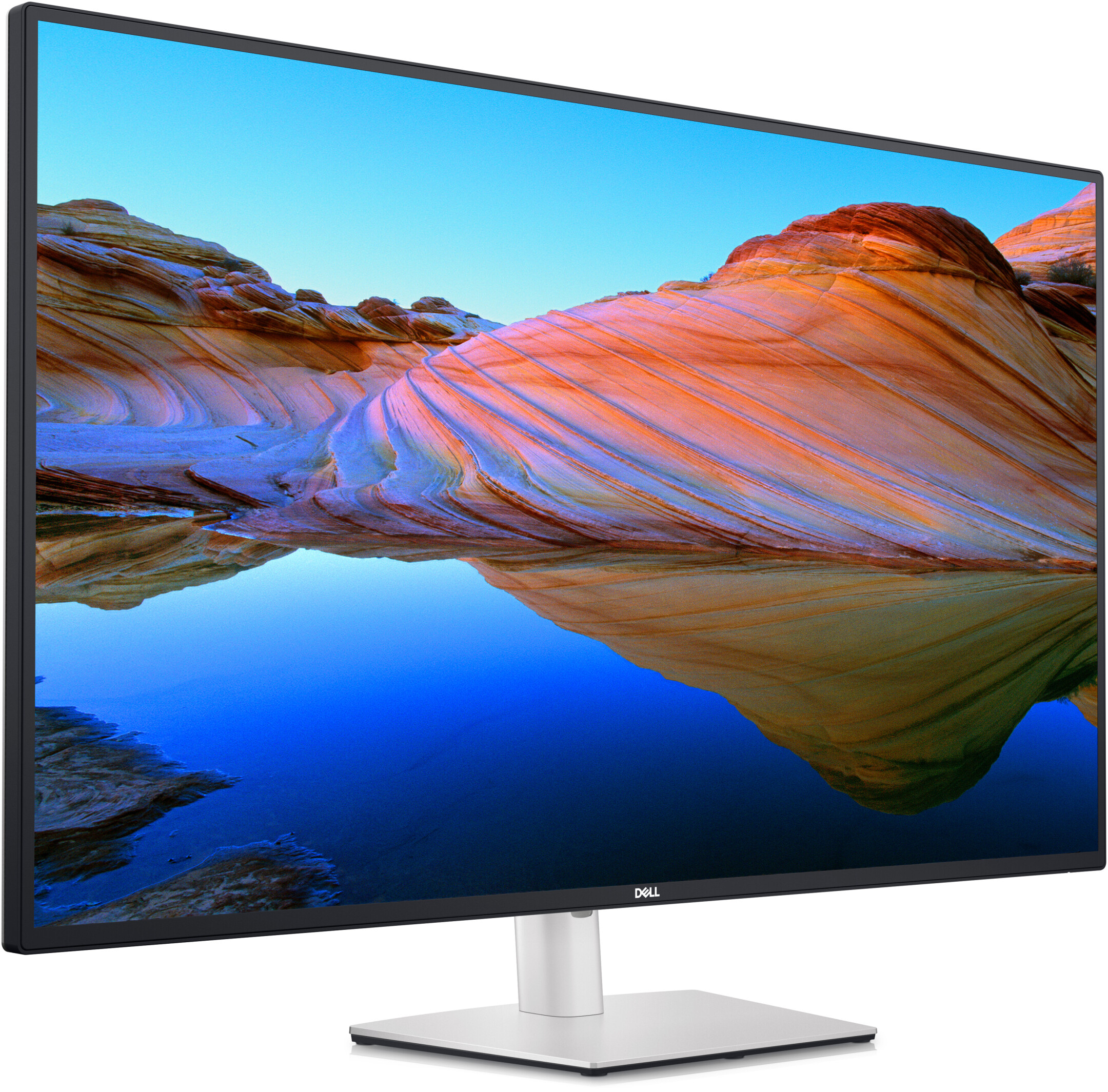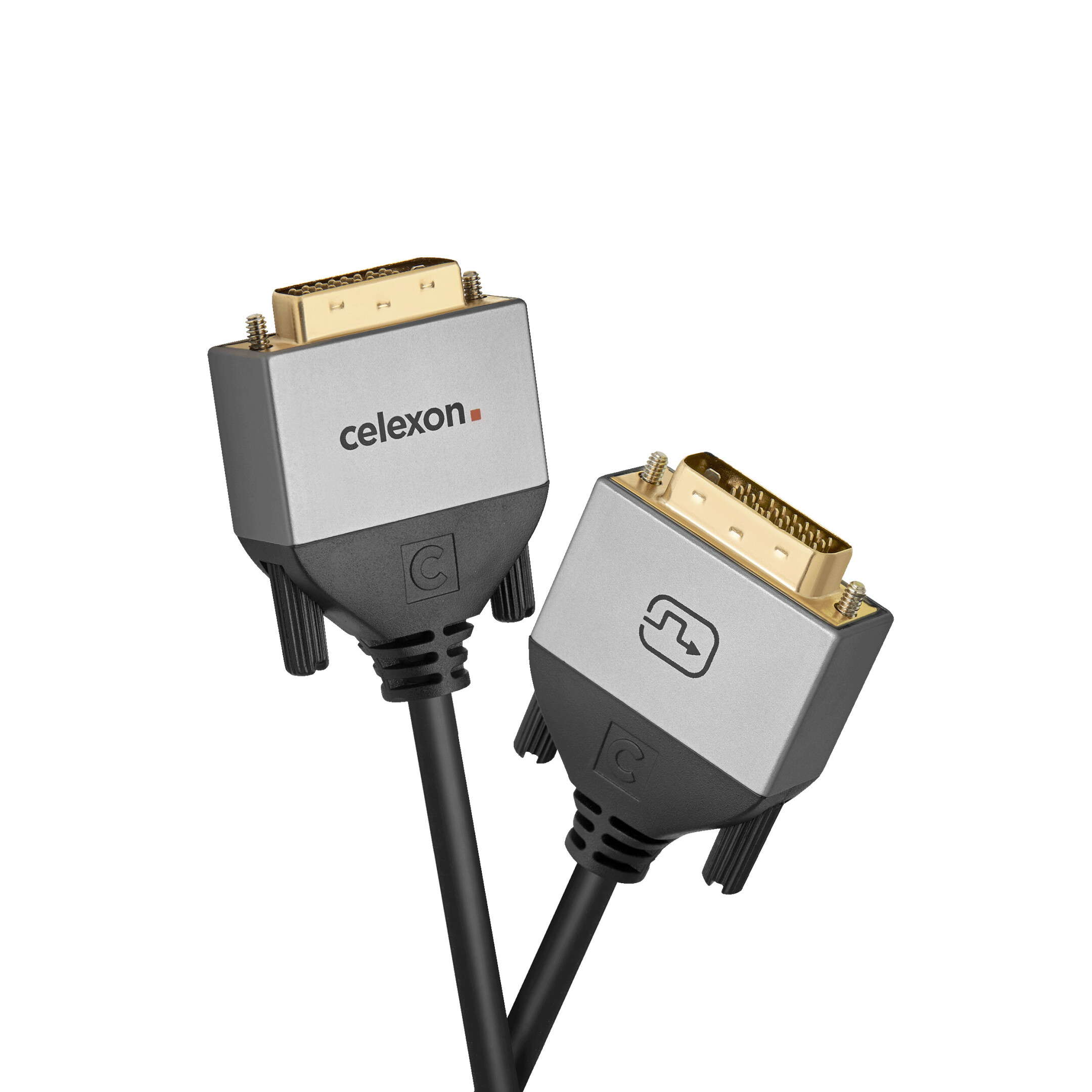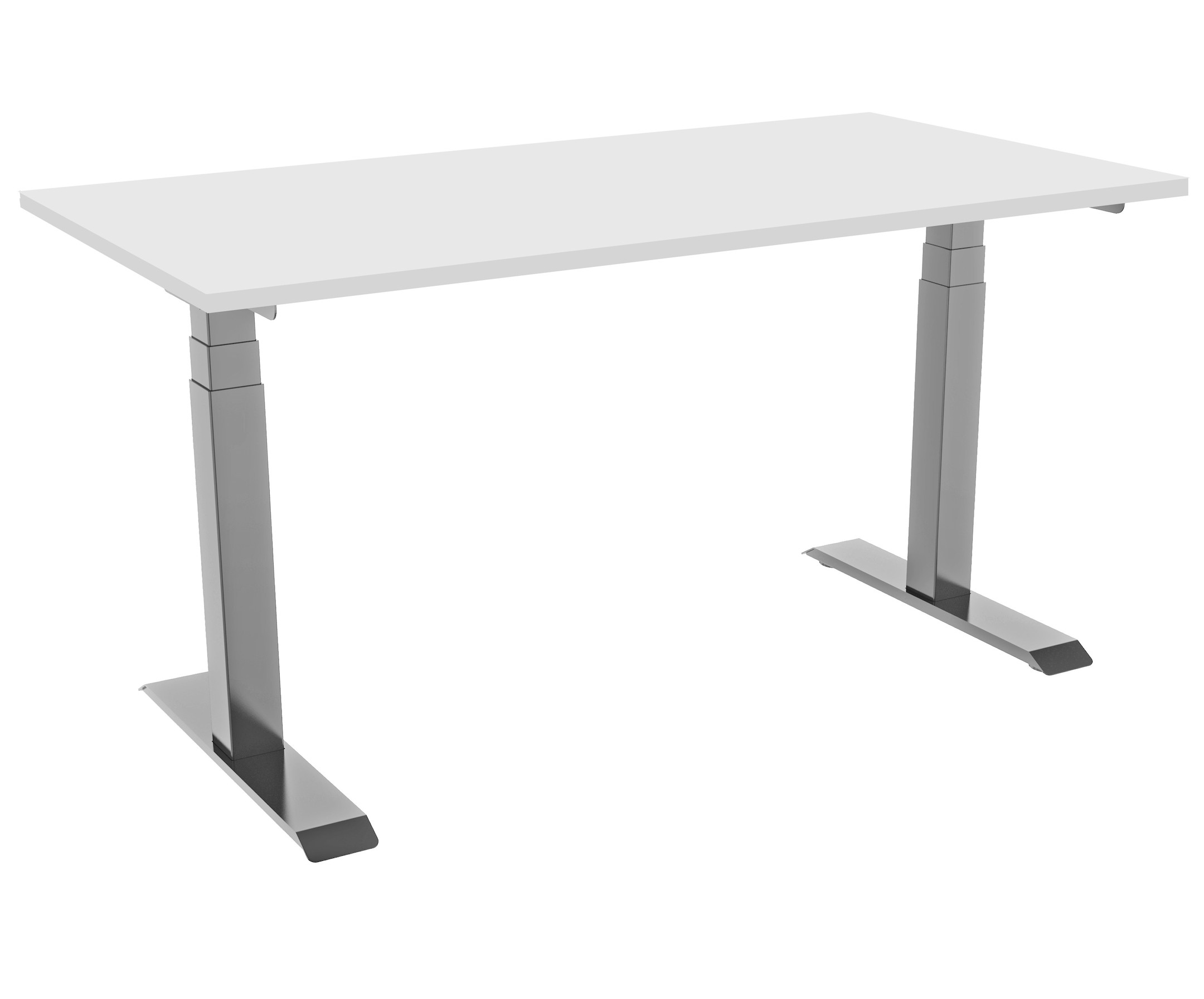























£893.83*
- Resolution 3840 x 2160 4K UHD
- Diagonal 43"
- Panel type IPS
- Refresh Rate 60Hz



Frequently purchased together
Product information
Designed for more
Meet the monitor designed for more. More seamless productivity. More connectivity than ever before. More consideration for the environment.
Four-way display
Manage your tasks with up to four partitions
Increase your productivity by dividing your display into up to four individual FHD partitions via Internal Multi-Stream Transport (iMST) when connected to a single PC. No external software or DisplayPort splitters required.
Connect up to four PCs

Manage multitasking and collaboration
Work with a single keyboard and mouse on four different PCs. KVM and Auto-KVM allow seamless switching from one PC input to another.
Share content from multiple PCs simultaneously in a common configuration.
Enlarge your workspace
Quick access ports:
Use the convenience of front-facing, USB-A and USB-C pop-out ports (15W charging capability) to connect your peripherals. When you're done, simply close the port trays again and order is restored.
Comprehensive connectivity:
Connect your devices to a single monitor via a variety of ports, from HDMI to multiple USB-A and USB-C ports. Power your laptop, transfer data, audio and video while providing up to 90W of power with just a single USB-C cable. The 1 Gbps RJ45 port provides a fast and stable network connection.
Customised to you

Designed for comfort:
You can tilt, swivel and change the height of the monitor - comfort for work, fun and leisure. Clear sound with two conveniently integrated 8W speakers.
Instant productivity:
Power up your USB-C connected laptop with just one touch thanks to the Power Sync feature.
Excellent screen performance
Enjoy the view:
Clearly defined display with 4K resolution.
Friendly on the eyes:
Save your eyes with ComfortView Plus, reduce potentially harmful blue light and enjoy superb colour accuracy.
Improved Dell Display Manager
Modern intuitive user interface:
New modern and user-friendly user interface and personalised features with start menu.
Productive at all levels:
With EasyArrange you can easily arrange multiple applications side by side on one or more screens with 49 preset window partitions and customise up to five windows for better multitasking.
Always up to date:
Get automatic notifications of new monitor firmware and software updates at any time.
Optimised screen experience:
Provide a consistent, seamless colour experience on your monitor by matching the monitor's colour preset and supported ICC profile.
Easy setup and sharing of accessories:
Set up a single keyboard and mouse to easily share across multiple PCs with the USB KVM Wizard. Use the quick access menu or a hotkey to switch between PCs quickly and conveniently.
Easy deployment:
DDM is compatible with management tools such as SCCM/InTune and command line interface scripts to enable smooth IT integration and deployment with asset management.
Environmentally friendly thinking for today and tomorrow

Environmental standards:
This monitor is made of 85% PCR (recycled plastic) and 90% recycled aluminium, meets the latest environmental standards such as EnergyStar® and is EPEAT® Gold registered.
Environmentally conscious packaging:
In consideration of the environment, Dell monitors are shipped in packaging whose components are partly made of up to 90% recycled material.
Energy saving:
Save power with PowerNap, a feature that puts your monitor into sleep mode when not in use.
Promoting sustainability:
Dell Technologies is committed to reducing its impact on the environment throughout the product lifecycle. Read more about our commitment to sustainability and our social goals through 2030 here, and find out more about our product's carbon footprint here.
Technical data
| Name | Dell U4323QE 43" IPS Monitor, 3840 x 2160 4K UHD, 60Hz, 5ms |
|---|---|
| Article number | 1000029158 |
| GTIN/EAN | 5397184656976 |
| Manufacturer SKU | U4323QE |
| EPREL ID | 1260604 |
| Model name | U4323QE |
| Brand | Dell |
| Product Type | Monitor |
| Technology | LCD |
| Panel type | IPS |
| backlight | Direct-LED |
| Resolution | 3840 x 2160 4K UHD |
| Diagonal | 43" |
| Aspect Ratio | 16:9 |
| Viewing angle - Horizontal | 178° |
| Viewing angle - Vertical | 178° |
| Contrast Ratio | 1,000 :1 |
| Screen finish | Matt |
| Max. Brightness | 350 cd/m² |
| Response time | 5ms |
| Refresh Rate | 60Hz |
| Support - VESA | 100 x 100 , 200 x 200 |
| Inputs | 1x USB-C , 2x Displayport , 2x HDMI , 3x USB-A |
| Outputs | 1x 3,5mm Jack |
| heightadjustable foot | 60 mm |
| Features | Integrated speaker |
| Product width | 96.72 cm |
| Product height | 56.05 cm |
| Product depth | 6.4 cm |
| Weight | 13.16 kg |
| Colour | Black |
| EEK Spectrum | A to G |
| Energy efficency class | G |
| Delivery contents | DisplayPort Cable , HDMI Cable , USB-C Cable |
| Condition | New |
| Warranty | 36 Month |
| Warranty type | Swap service Service and support information |
Downloads
Product safety
| Person responsible for the EU |
|---|
| Dell GmbH |
| Main Airport Center Unterschweinstiege 10 |
| 60549 Frankfurt am Main |
| Germany |
| DE.CustomerSupport@dell.com |















